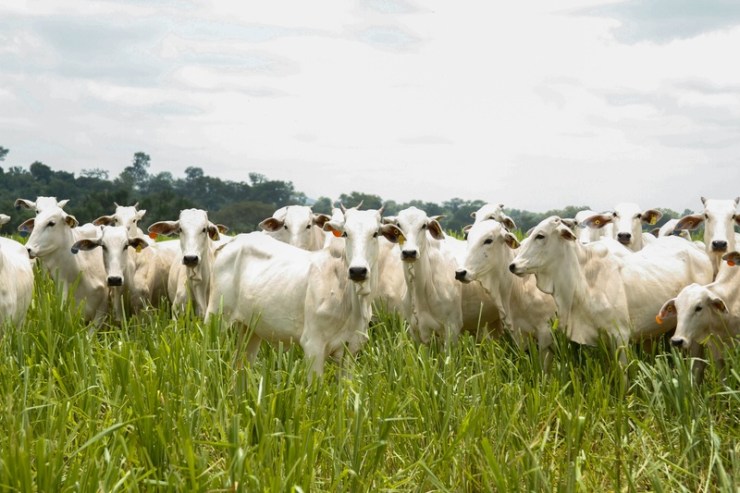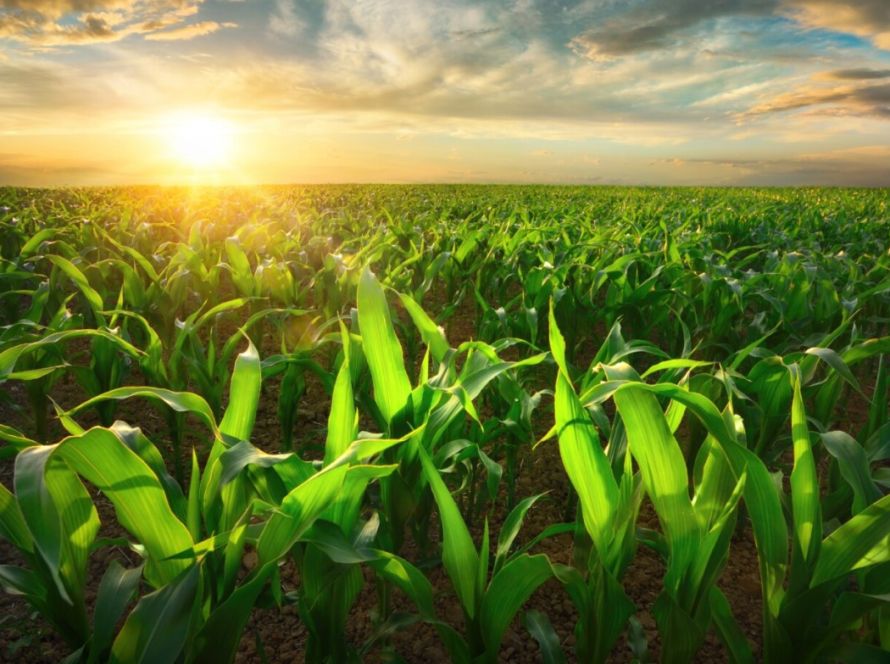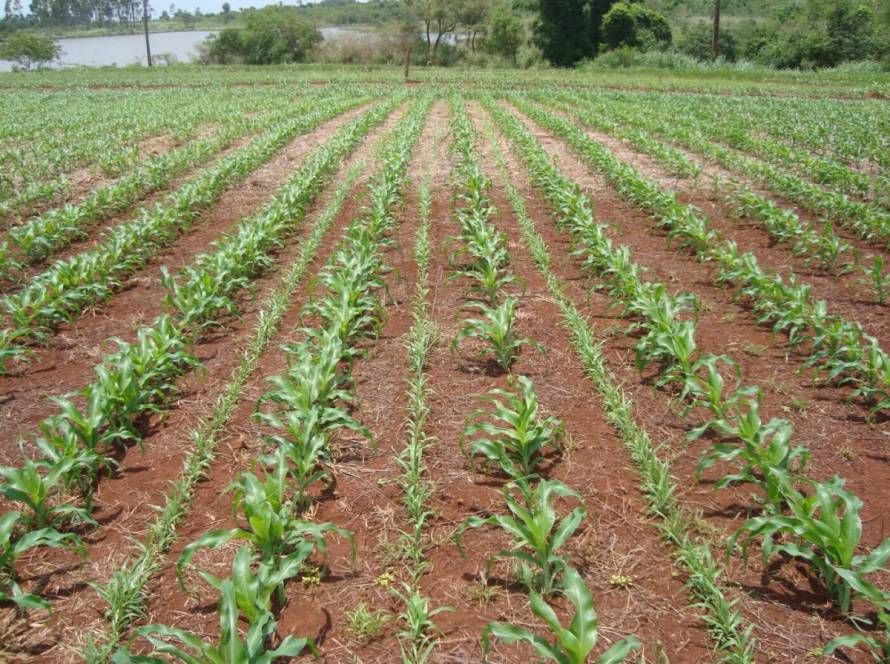Wheat is showing different signs between the hemispheres. While planting of the 2025/26 crop is gaining pace in southern Brazil, especially in Paraná, rains continue to hinder the progress of activities in Rio Grande do Sul. At the same time, in the United States, harvesting of the winter crop is starting at a slow pace, and the dry weather is already causing concern in the spring wheat areas.
 According to the June Agro Monthly Report by Itaú BBA's Agro Consultancy, planting in Paraná reached 78%, with most crops in good condition. Recent rains should favor the development of the crop, which has shown good phytosanitary control so far. In Rio Grande do Sul, progress is limited: only 8% of the expected area had been planted by the beginning of June, due to the frequency of rainfall. The National Supply Company (Conab) expects a reduction of 4.4% in the area planted in the state compared to the previous harvest.
According to the June Agro Monthly Report by Itaú BBA's Agro Consultancy, planting in Paraná reached 78%, with most crops in good condition. Recent rains should favor the development of the crop, which has shown good phytosanitary control so far. In Rio Grande do Sul, progress is limited: only 8% of the expected area had been planted by the beginning of June, due to the frequency of rainfall. The National Supply Company (Conab) expects a reduction of 4.4% in the area planted in the state compared to the previous harvest.
In general, Brazilian wheat should occupy less space in this cycle. Conab estimates a 12.6% reduction in the national area for the 2025/26 harvest, driven mainly by the 23.7% drop in Paraná. The unfavorable exchange rate for inputs such as urea and MAP, above 2022 levels, added to losses in the last harvest, especially in Paraná, has discouraged investment by producers. In Rio Grande do Sul, the preference for other winter crops, such as canola, should also reduce the planting of the cereal.
In the international market, the United States Department of Agriculture (USDA) released a new report on June 12, revising global ending stocks of wheat downward to

Photo: Disclosure/Freepik
263 million tons, three million less than the previous forecast. There was an upward revision in the production of the European Union and in exports from the United States. China also drew attention: in view of the drought, the country increased its estimate of wheat imports, from 3.3 to 6 million tons.
In the United States, only 4% of the winter crop had been harvested by the second week of June, below the historical average. On the other hand, 54% of the crops were in good or excellent condition. For spring wheat, the number fell to 53%, well below the 72% recorded in the same period last year — a reflection of low humidity in producing regions.
With a smaller area in Brazil and climate uncertainties in the main exporters, the market remains attentive to the evolution of crops and price behavior in the coming weeks.





